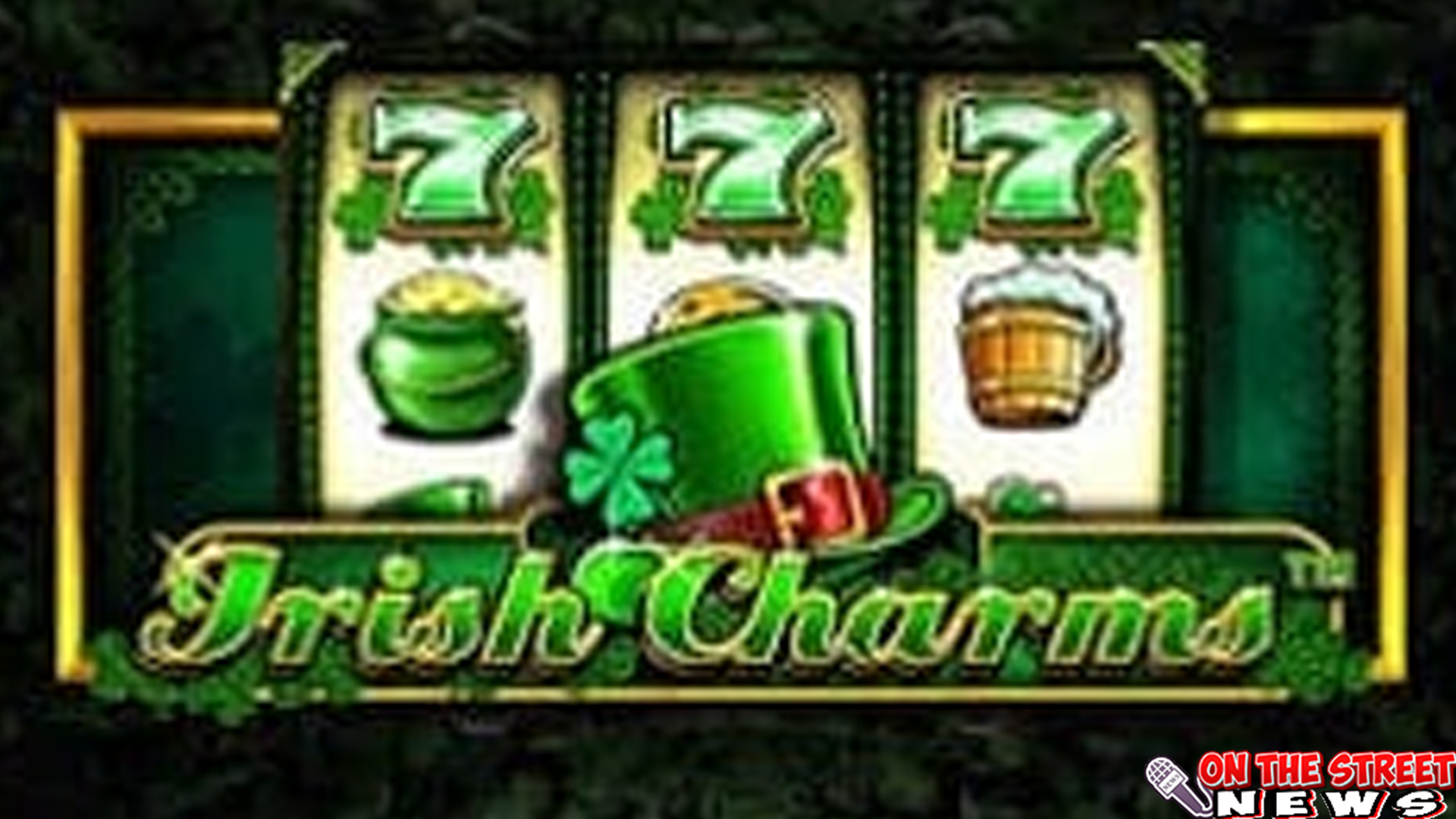On The Street News – thegardenbarnhouse.com – Sabrina Carpenter Pop Star Muda yang Makin Bersinar! Nama Sabrina Carpenter kini bukan cuma jadi perbincangan fans musik […]
Link Alternatif RUBY8000 Temukan Pesona Slot Irish Charms!
thegardenbarnhouse.com – Link Alternatif RUBY8000 Temukan Pesona Slot Irish Charms! Langit mendung bisa jadi terang kalau kamu tahu harus ngeklik ke mana. Salah satunya? Link […]
Kris Dayanti Elegan Vokal Mematikan, dan Karisma Tiada Dua!
On The Street News – thegardenbarnhouse.com – Kris Dayanti Elegan Vokal Mematikan, dan Karisma Tiada Dua! Ketika seseorang menyebut di va Indonesia, nama Kris Dayanti […]
Jam Slot Gacor Twilight Princess Analisis Data Pembayaran!
thegardenbarnhouse.com – Jam Slot Gacor Twilight Princess Analisis Data Pembayaran! Kalau ngomongin slot, Twilight Princess langsung masuk daftar game yang sering bikin para pemain penasaran. […]
Nabila Taqiyyah Penyanyi Muda dengan Arah Musik Berkelas
On The Street News – thegardenbarnhouse.com – Nabila Taqiyyah Penyanyi Muda dengan Arah Musik Berkelas Di tengah persaingan industri musik yang kian ketat. Berbeda dari […]
Dijamin Cuan! Main Slot Shamrock Quest di Ruby8000 Login
thegardenbarnhouse.com – Dijamin Cuan! Main Slot Shamrock Quest di Ruby8000 Login Siapa yang nggak tergiur kalau dengar kata “dijamin cuan”? Apalagi kalau mainnya di slot […]
Bukan Hanya Diva Raisa Adalah Definisi Keindahan dalam Nada!
On The Street News – thegardenbarnhouse.com – Bukan Hanya Diva Raisa Adalah Definisi Keindahan dalam Nada! Saat nama Raisa di sebut, yang langsung terbayang bukan […]
Slot Online Soju Bomb di Ruby8000 Login Modal Kecil X500!
thegardenbarnhouse.com – Slot Online Soju Bomb di Ruby8000 Login Modal Kecil X500! Kalau kamu lagi cari hiburan online yang nggak ribet tapi bisa ngasih sensasi […]
Fanny Soegi Penyanyi dengan Aura Tenang dan Dalam!
On The Street News – thegardenbarnhouse.com – Fanny Soegi Penyanyi dengan Aura Tenang dan Dalam! Di tengah gegap gempita dunia musik, satu nama muncul dengan […]
Bahaya! Bandar Slot Online Abal-abal Gak Ada Wolf Gold Ultimate
thegardenbarnhouse.com – Bahaya! Bandar Slot Online Abal-abal Gak Ada Wolf Gold Ultimate Semua orang boleh main slot, tapi gak semua bandar layak buat di singgahi. […]










